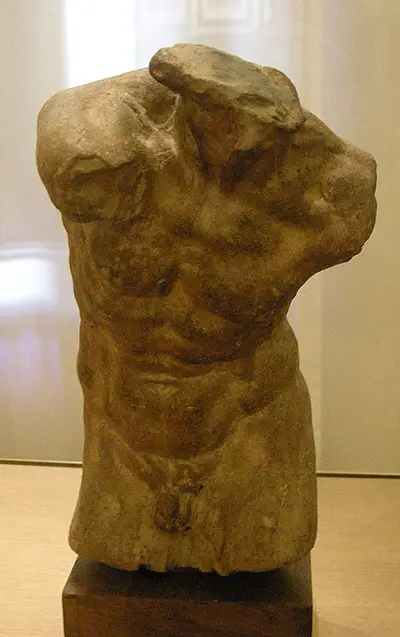Within the museum's own website, they do not actually make reference to either piece, though they were still on display here at the time of writing. Instead, the Casa Buonarroti focus on other parts of their collection, perhaps because of the attribution issues that now surround both of these torso sculptures. This may also be due to perhaps that some of their items only have descriptions written in Italian and so have not been included within the English version of the site. Visitors to the museum, in any case, will still be treated to an assortment of exciting and significant paintings, sculptures and drawings from the Renaissance, with some artworks also from the later Baroque era as well. Michelangelo used to live in this very house, making it an ideal location from which to learn more about his career as well as perusing the work of some other notable names as well.
This famous artist would help the city of Florence to lead the way in the Italian Renaissance, and it is fitting that some of his work still remains there today. He impressed both in sculpture but also fresco painting, and additionally was a highly skilled draughtsman which sometimes gets forgotten within the mainstream media. His works rarely come up for sale, and their rarity ensures extraordinary valuations on the occasion that they do indeed appear for sale. Interest in his career remains strong, even though sculpture as an art form is not as popular as it once was, particularly more traditional approaches such as those used by the artists of the Renaissance and Baroque. He would practice endlessly despite his incredible natural talents as he knew that repetition was the key to mastering the human body within art, with this torso being another example of how artists from that period would prepare for larger projects.
Visitors to the Casa Buonarroti will be able to view highlights such as Madonna of the Stairs and Battle of the Centaurs by Michelangelo, plus also Artemisia Gentileschi's Allegory of Inclination. Gentileschi herself was even involved in improving the decor of the house itself after receiving a request from some of Michelangelo's family. They would hand down this property through several generations, adding to its value to the family as well as the overall life of the original master himself. This has been extended into the present day with its use as a museum dedicated to the artist's life and it remains a popular tourist destination with Florence, even with so many other locations competing for their attention.


